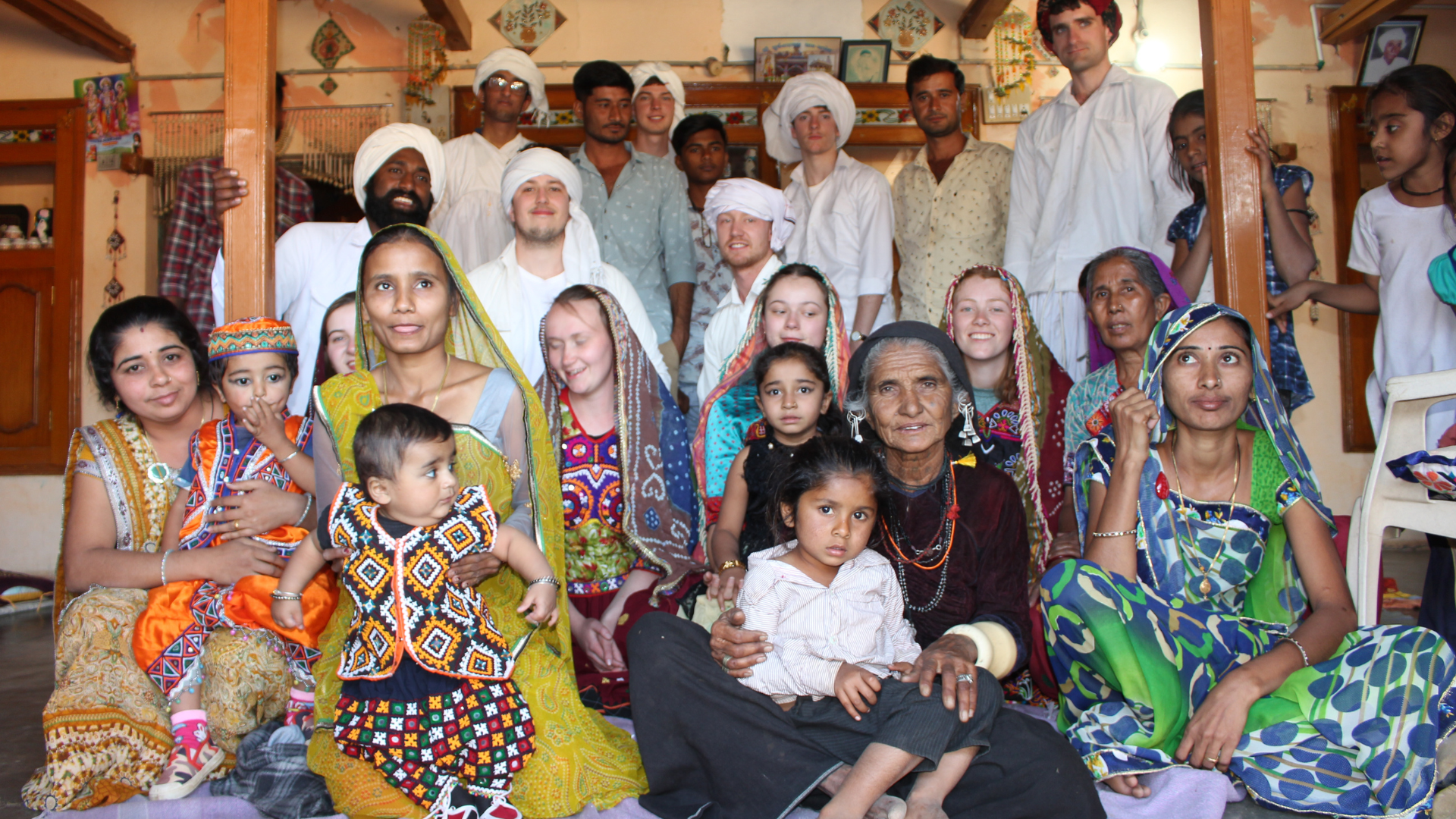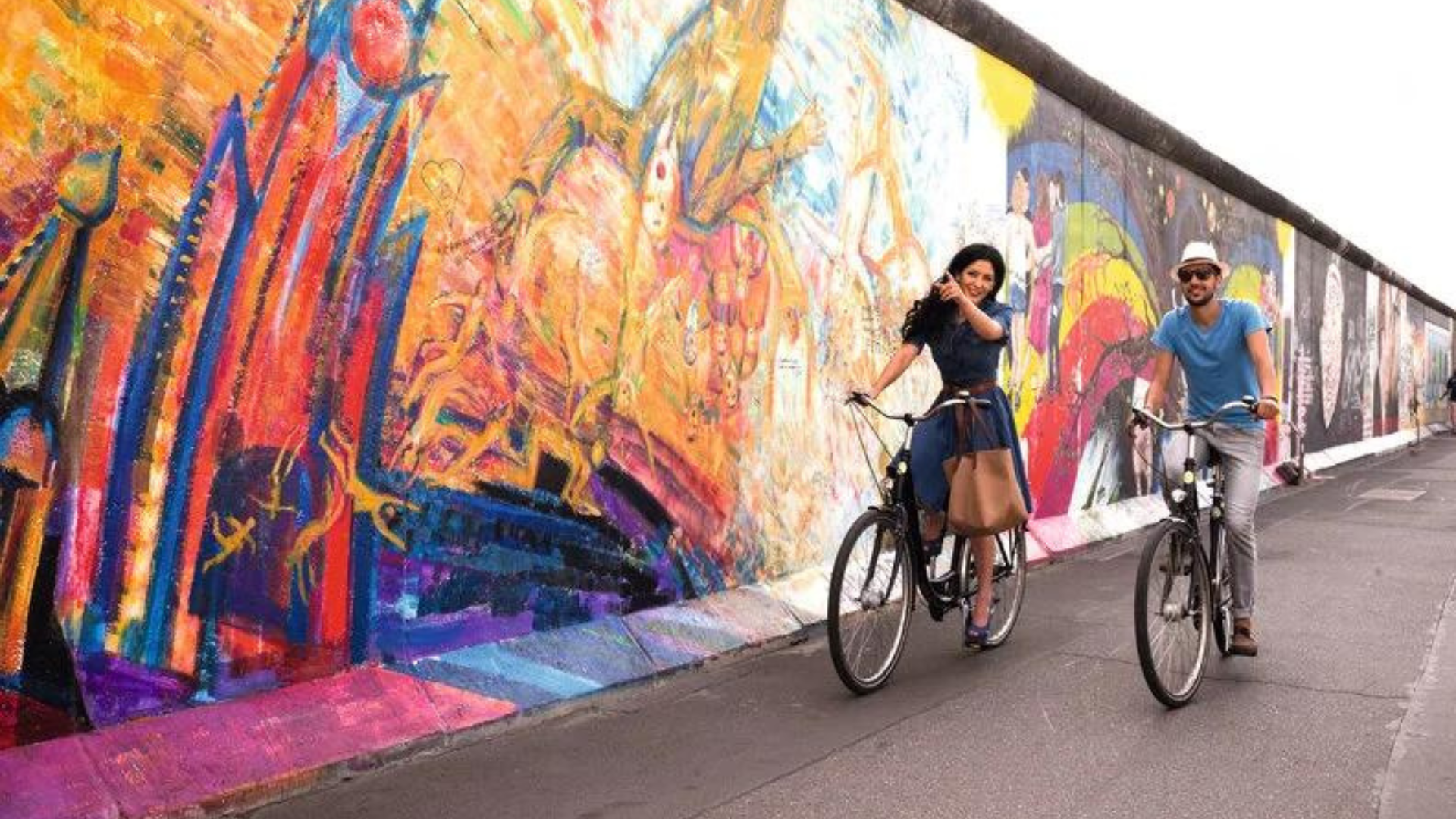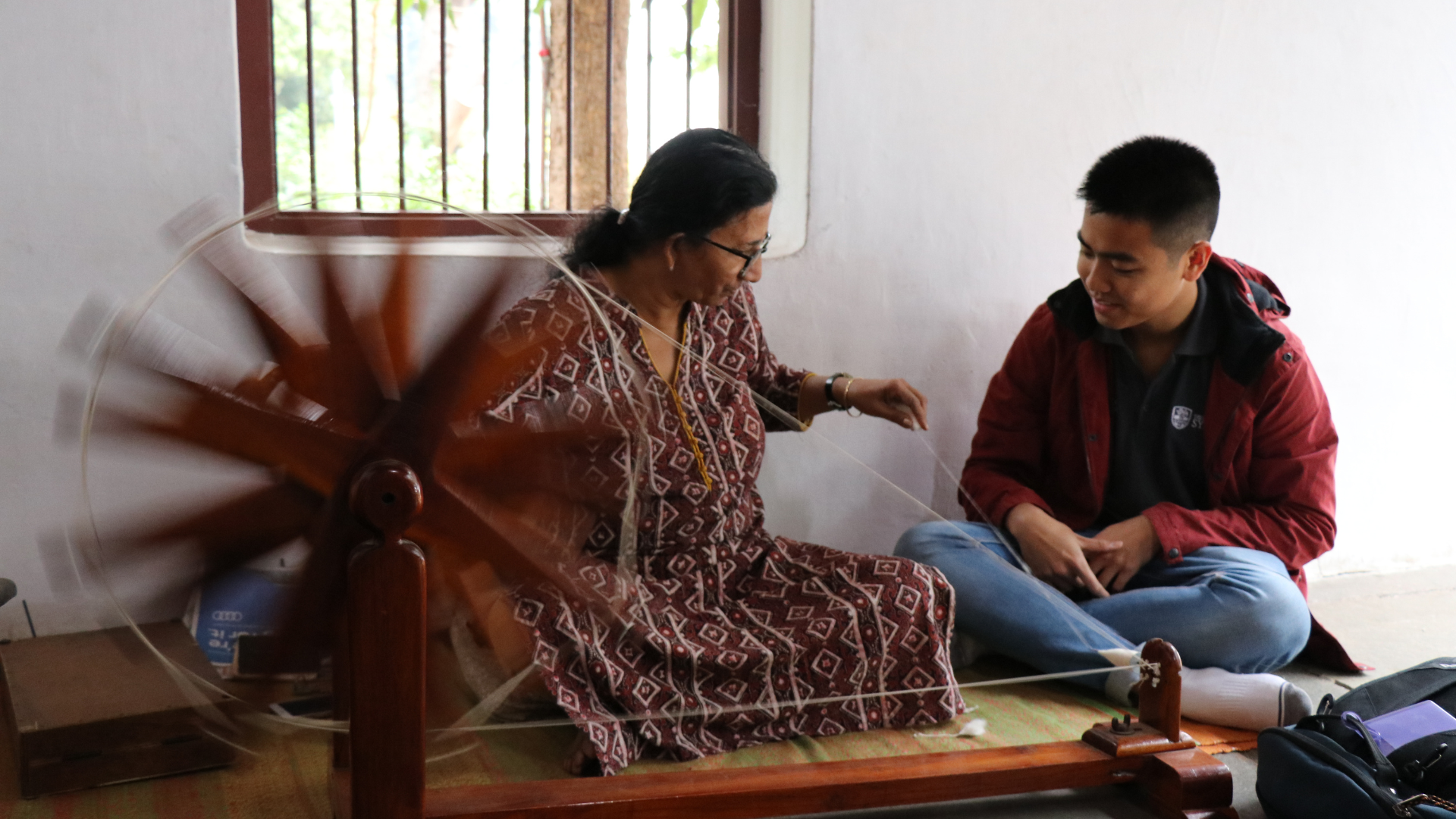● April 2024 ●
Creative Curriculum Design for Affordable Study Abroad
Written By
Team Authentica

Crafting a curriculum for a short-term study abroad program can feel like fitting a square peg in a round hole. You want to offer students an immersive, transformative experience, but the pressure to keep costs down often translates to a curriculum that feels…well, a bit underwhelming.
But here’s the good news: creating a high-impact, affordable study abroad program doesn’t require scaling the Eiffel Tower (unless, of course, that’s part of your program!). By embracing innovative curriculum design, educators can deliver rich learning experiences without draining the finances or requiring an endless list of expensive excursions.
- Strategic Resource Management
To make study abroad more affordable, it’s smart to reconsider how we allocate program resources. This may include streamlining the number of resources joining the program alongside students. To maintain the program quality, we can rather rely on local experts and program managers (from the program provider’s team) within the host country. For instance, in addition to local guides and experts, Authentica sends a program manager who provides 24X7 support during the entire program. This approach not only minimizes costs associated with flights, accommodation, and per-diems of accompanying resources from the university but also ensures a seamless program flow with the guidance of individuals who are intimately familiar with the local culture and landscape. Many of our university partners have chosen to rely on this support model, sending fewer faculty members to lead the program from the institution.
- Use the City as Your Classroom
Turn your host city into an open-air learning lab. Instead of doing city tours by private transport, consider having students learn about the city through walking tours, scavenger hunts with historical or cultural themes, or even public transportation challenges where they navigate the system on their own. Authentica organizes city tours in the form of scavenger hunts in many of our programs, thus optimizing cost while also promoting a gamified, active-learning experience for students as they interact with local people and culture. You can also encourage your faculty to teach some of their classes at monuments which the students visit during a program. For instance, you’ll see below a picture from an Authentica program of a faculty teaching sustainable design to engineering and design students who are sitting on the steps of a 15th century step-well in Adalaj, India. This is experiential learning at its best!

- Prioritize Authentic Learning
Opt for quality over hefty price tags. Instead of inviting expensive speakers, tap into the rich network of local expertise. Small, community-based organizations are often brimming with passionate individuals who can offer a deeper dive into specific topics. These local experts may be more approachable in terms of fees and often possess a unique perspective on subject matters relevant for the academic learning outcomes. Providers with deep local networks such as Authentica can help you shortlist speakers, negotiates their fees and include them into the program cost, so there are no additions or surprises at the end. Quite often, Authentica is able to source highly qualified local speakers and contributors without adding any additional cost to the program budget! Check out some of our custom and open-enrollment programs for examples.
- Embrace Free Tech Tools
We’re not just talking about fancy VR headsets here- the key to tech-powered learning for study abroad programs might already be in students’ pockets! Smartphones are a treasure trove of free and accessible apps that can revolutionize your curriculum. For instance, instead of traditional language classes, use free language learning apps like Duolingo, allowing students to learn at their own pace and practice on the go. Students can also document their experiences with free photo editing apps and social media platforms, promoting creativity and digital storytelling. Other free tech tools that can enrich the student experience include:
- Google Translate: For on-the-go voice, text, and camera translation
- Google Maps: For navigating unfamiliar cities, locating landmarks, and discovering local businesses. Can also be used in Scavenger Hunts!
- Kahoot!: Engage students in interactive, game-based learning using quizzes
- Evernote: Students can capture their learnings/observations digitally in one place.
- Trello or Asana: Project management tools to help students with group work and project-based learning
Focus on Learning Outcomes for Impactful Curriculum
The key to success lies in focusing on learning outcomes, not expensive attractions or elements. By aligning innovative curriculum design with clear, well-defined objectives, educators can create a program that packs a powerful punch, leaving students with enduring memories and a thirst for further exploration.





